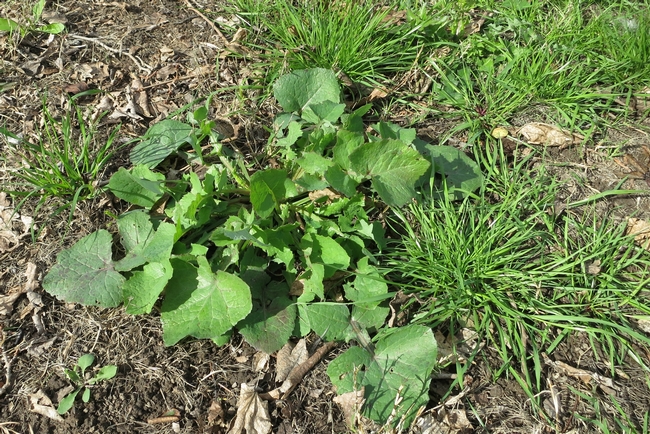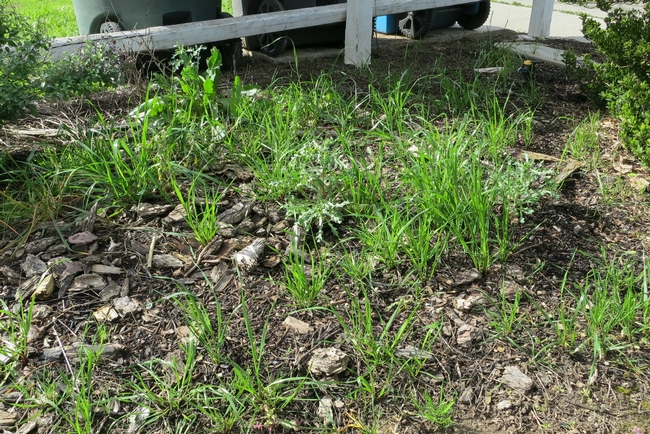Feb 16, 2015
With the rain (yeah) and the warm weather you may notice your weeds have grown a foot over night! Don't let them get ahead of you. Weeds are best controlled when they are young.
First you need to know what kind of weeds you have. Are they broadleaf or grasses? Are they annuals or perennials?
Here are several options for you.
Hand-weeding and hoeing
- Hoeing and pulling annual weeds, if the weeds are scattered throughout your garden then this can be an easy option.
- Hoeing and pulling perennial weeds are an option but you will need to remove the entire plant including all of the roots. This can be hard to do.
- Flaming you weeds is an option. Flaming is effective on perennial weeds. Of course, all precautions need to be taken with fire.
Mowing
- Mowing is a temporary fix and can be effective as long as the mower blades reach the plants. Low growing weeds are not affected. Mowing can spread weed seeds, so be careful.
- String trimmers are another option but like mowing it is a temporary fix. String trimmers can easily spread seeds.
Mulches
- Mulches are a preventative and effective way to control weeds. You will need 3-4 inches of mulch to be effective. Organic mulches (bark) do break down and will need to be replaced periodically.
Herbicides
- Preemergent herbicides are used before the weeds emerge. The herbicide prevents seeds from germinating. This is not a permanent fix but could work for several months.
- Glyphosate is a non-selective herbicide. It kills the entire plant. Be careful where you spray.
- Broadleaf weed killer will kill broadleaf weeds. This could be used on your lawn to control broadleaf weeds without killing the grass.
- Grass weed killer will kill grass weeds. This could be used in your flower beds to kills grasses such as Bermuda grass.
Always read the label of any pesticide. Make sure the product is designed for what you want it to do.


